Sigma Contemporary 20-200mm f/3.5-6.3 DG Review: A Lens with Broad Appeal
I recently took a trip to Aizuwakamatsu, Japan and this represented an ideal situation to also test the Sigma Contemporary 20-200mm f/3.5-6.3 DG super zoom lens. The autumn colors were just staring to turn and the mountainous area around Mt. Bandai promised some excellent landscape and wildlife opportunities.
International travel is one of the main situations where the convenience of an all-in-one lens can really shine, and I took the $999 20-200mm all around the streets of Tokyo and the Aizu basin.
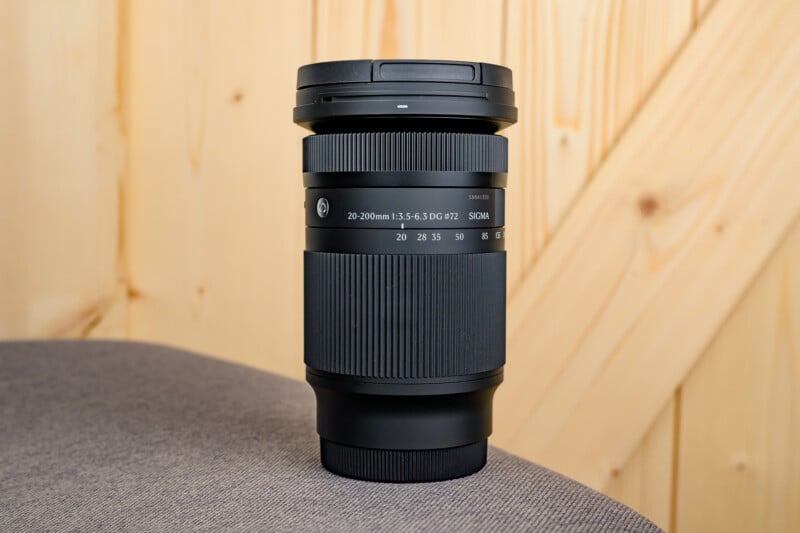
Sigma 20-200mm f/3.5-6.3 Review: How It Feels
Sigma Contemporary-series lenses are typically lighter weight and portable and the 20-200mm is no exception. At only 19 ounces (540 grams), this super zoom is easy to travel with and takes up only a moderate amount of space in a camera bag. The front of the lens is cut for 72mm filters and although the lens chassis is mostly plastic, I have always found Contemporary-series lenses to be ruggedly built. The 20-200mm has the usual rubber gaskets around the lens mount to keep out dust and moisture.
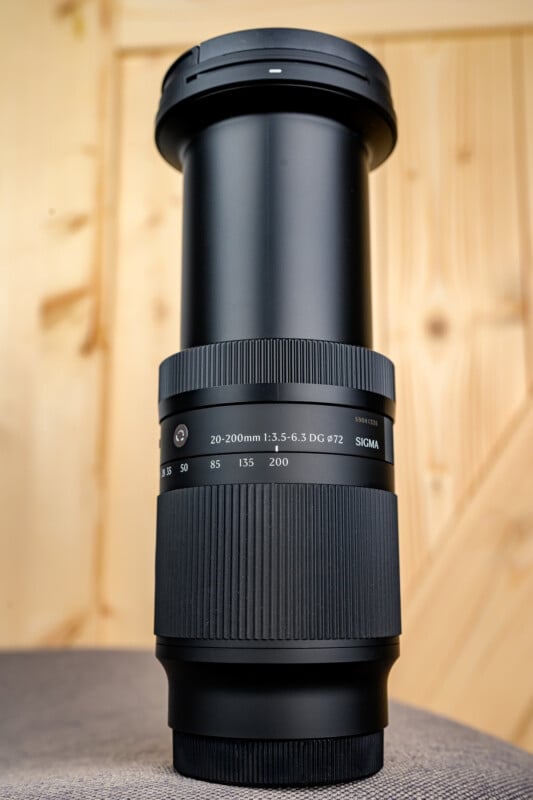

There is a smooth-turning manual focus ring, and an AF/MF selector switch. There is also a locking mechanism to avoid the lens barrel creeping out when walking around, but I like that the zoom ring can be clicked out of this locking position without having to disengage the switch itself. With a quick flick of the wrist the zoom barrel will extend as needed. What the Sigma 20-200mm does lack is any sort of image stabilization, which means that an IBIS equipped camera body would be the ideal match with this lens.
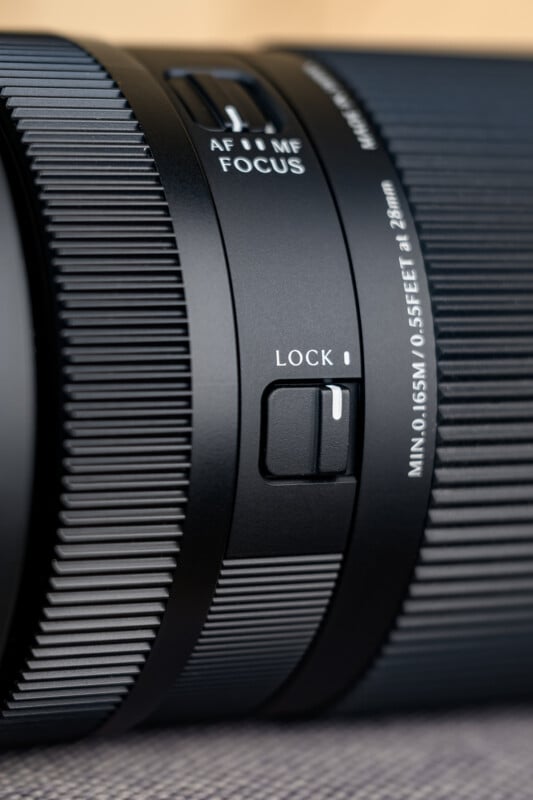
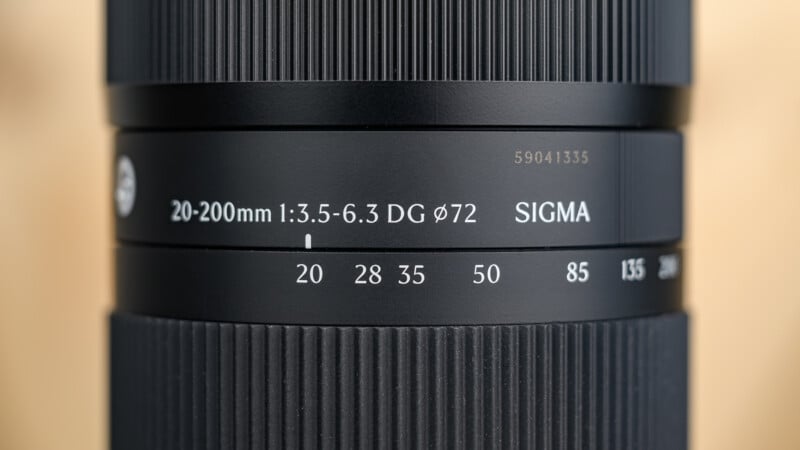
Sigma 20-200mm f/3.5-6.3 Review: How It Shoots
As we ventured around Aizu, we saw some monkeys scouring the harvested rice fields for leftovers. The high speed linear actuator motors inside the lens had no issue focusing on the animals from far away and did so in a swift fashion. Everything focused accurately as expected on the Sony a7R V body that I paired with it. Of course, being a third-party lens, Sony bodies will limit the maximum burst rate to 15 frames per second with tracking autofocus engaged. This lens is also available in L-mount, for Leica and Panasonic bodies, with no such limitation.
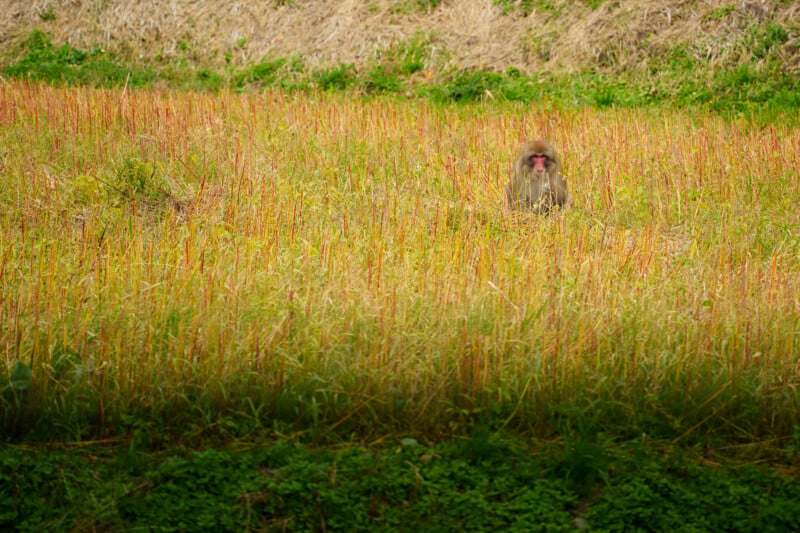
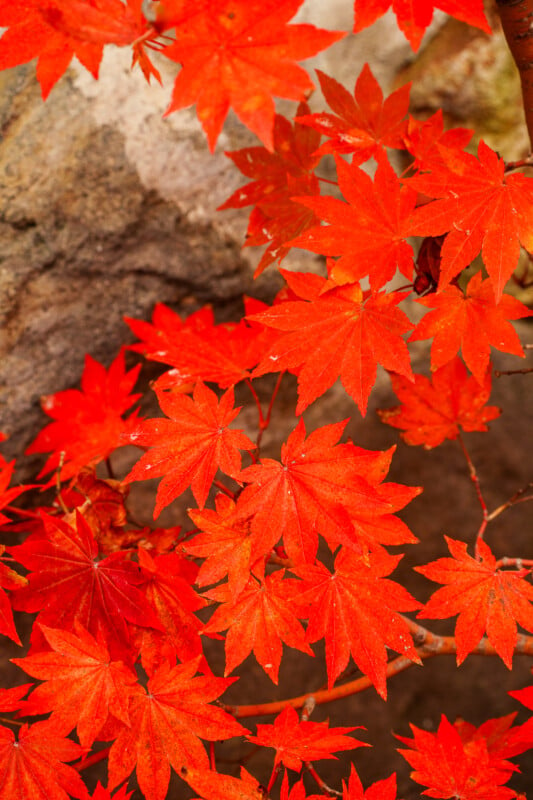
![]()
![]()
Adding to the versatility of the lens, I found the closeup capability to be quite handy. At around the 100mm mark, the lens is able to deliver 1:2 life size macro reproduction, although the working distance is only a couple of inches. I also took some shots at 200mm, which does not give the same level of magnification, but also provides more distance from the subject. Regardless, the results were sharp up close, and I enjoyed using the lens for close subjects.
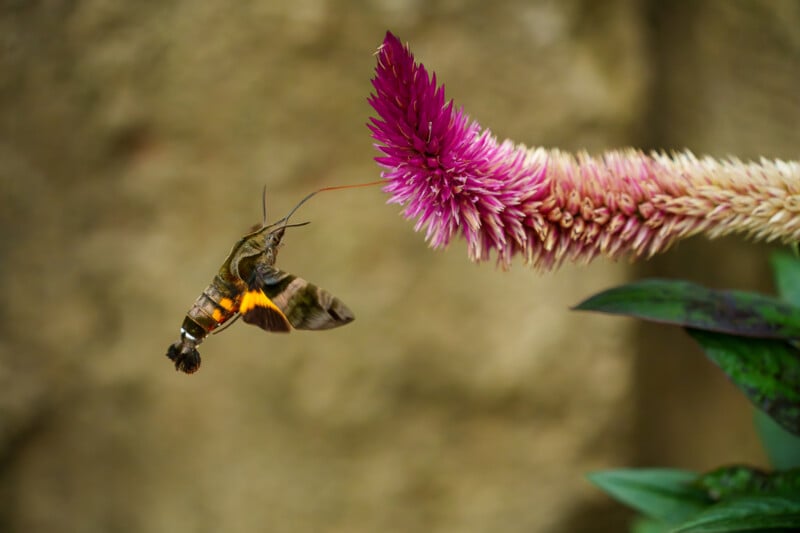
![]()
![]()
Flare is very well-controlled with minimal ghosting at wider apertures. Stopping the lens down does not make the ghosting much worse, and overall contrast is always well-maintained. Sunstars are actually quite dramatic as well, which many landscape and cityscape photographers will appreciate.

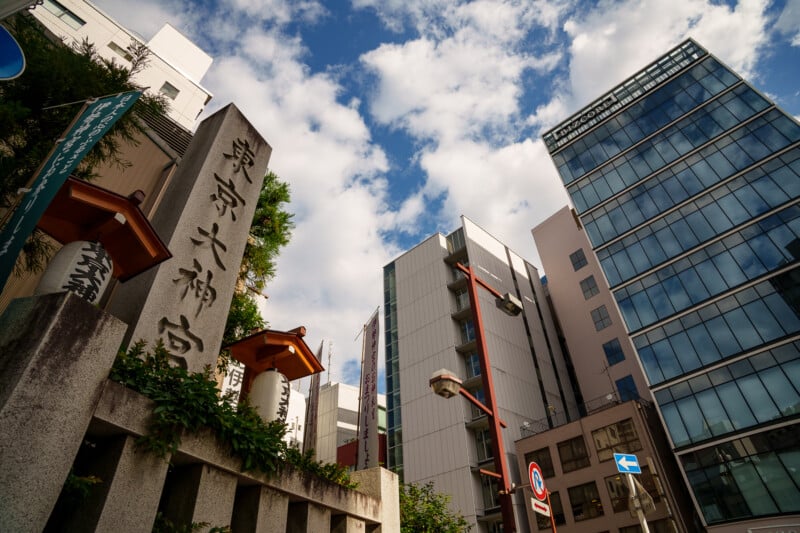
There will be a downside to such a versatile lens, and that largely comes by the way of a relatively slow aperture range. At the 20mm mark, the f/3.5 aperture is acceptable, but once you go to 85mm and beyond, the aperture drops to a fairly dark f/6.3. This means that many shots will require a steady hand -or tripod- coupled with a slow shutter speed, or a very high ISO subsequently degrading overall image quality.
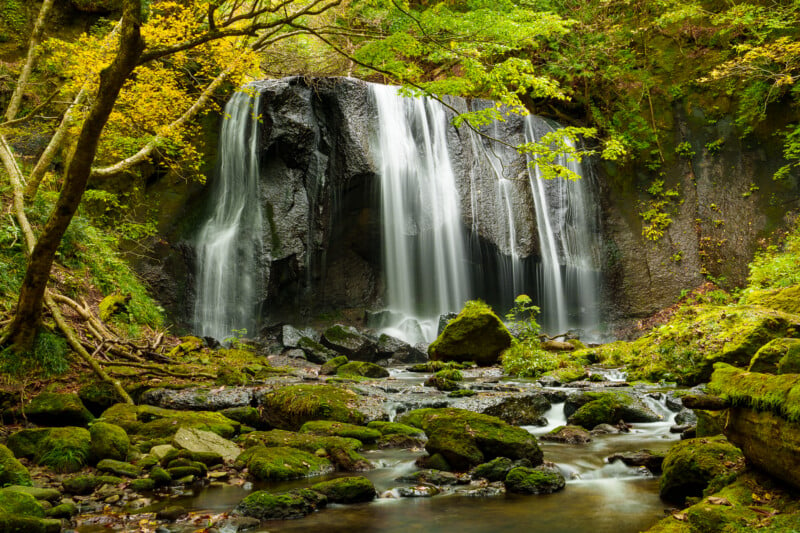
![]()
![]()
![]()
At least the lens is quite sharp at its widest apertures regardless of focal range, with excellent detail and contrast, too. Whether at 20mm or 200mm, the Sigma is giving oustanding results, and leaves little reason to stop down further unless more depth of field is required. Vignetting was pretty minor as well, and there are no chromatic aberrations to be concerned with.

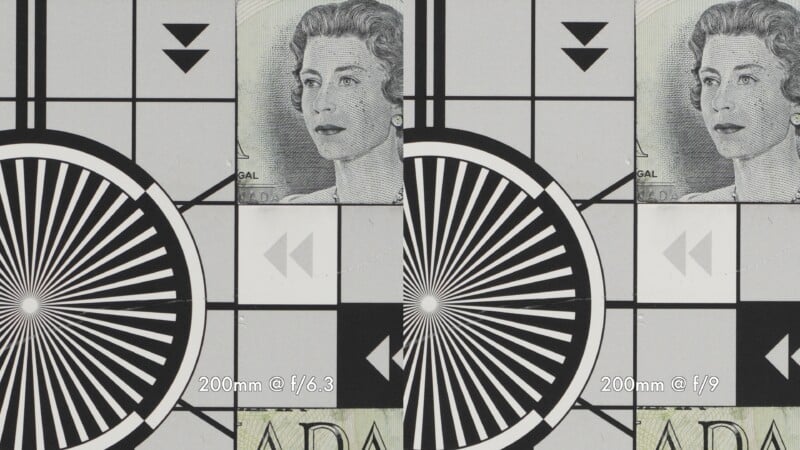
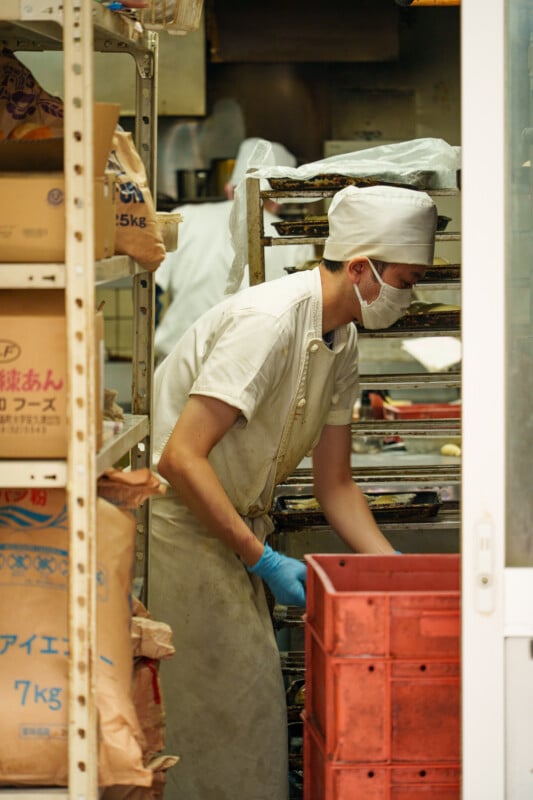
![]()
![]()
![]()
Bokeh is acceptable, however, the specular highlights do show a strong onion ring effect, and this does make the out-of-focus areas look a little harsh. It is important to consider that this lens does not consistently deliver shallow depth of field, though. At 20mm the depth of field is already expansive, and at moderate telephoto ranges, the slow f/6.3 aperture contributes to backgrounds that are largely in focus. Still, the rendering of smooth-looking out-of-focus areas is not this lens’ strong suit.

![]()
![]()
![]()
Sigma 20-200mm f/3.5-6.3 Review: Contemporary Compromise
The Sigma 20-200mm represents a convenient lens for travelers and tourists. Obviously, it would be a great all-in-one lens for excursions closer to home too. What you get is maximum versatility without any compromise to sharpness. I particularly enjoyed this lens for landscape where the 20mm ultra-wide range can make for stunningly wide vistas, while the 200mm lets you focus on compelling scenes from a distance. I think many photographers often think only of wide when it comes to landscape, but a good telephoto range is also awesome for isolating interesting shots.
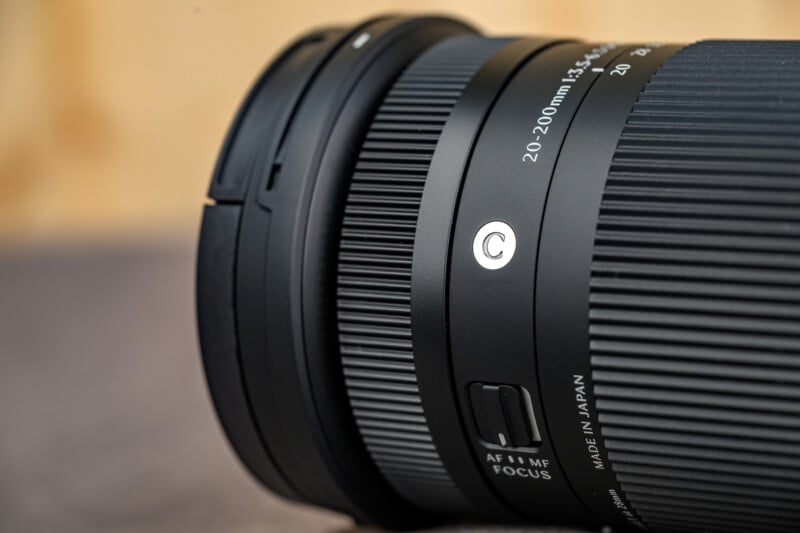
I wouldn’t call this lens ideal for anything but the most casual of wildlife scenarios but I did really appreciate the close-focusing capabilities of this lens. As long as you can manage your expectations about what shots you can achieve in lower light situations, there is a lot to love with this new travel lens from Sigma.
Are There Alternatives?
The new Tamron 25mm-200mm f/2.8-5.6 Di III VXD G2 is a direct competitor and features a faster overall aperture range in exchange for 5mm at the wide end. I haven’t tested it yet (that’s coming soon) so I can’t speak to its capabilities but it would be the fiercest competitor. It comes in at a slightly more affordable $899 as well.
Should You Buy It?
Yes. The large zoom range and especially the opportunities afforded by the 20mm focal length at the wide end makes this lens extremely versatile, and the image quality is high where it counts.